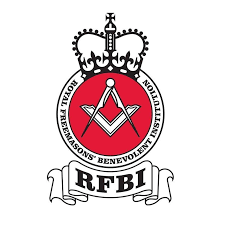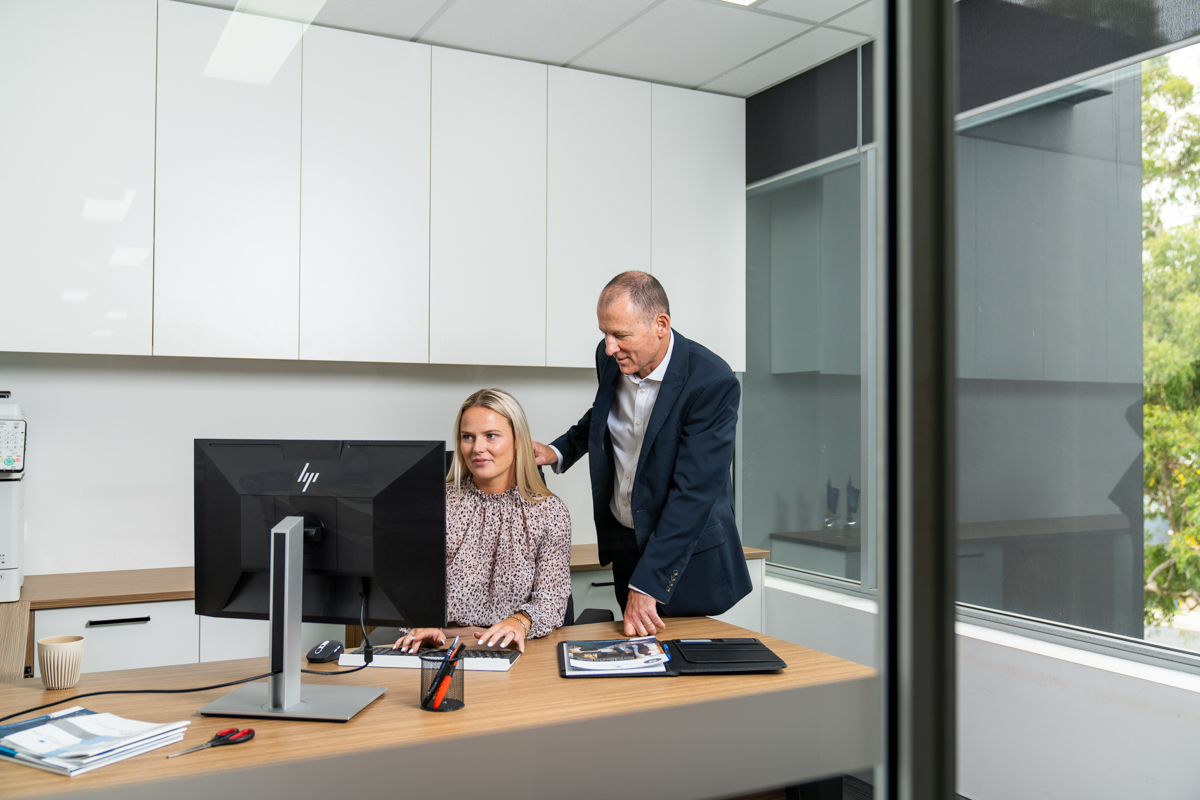The rising inflation we’re experiencing now is affecting insurance in a number of ways.
Materials commonly used to replace damaged properties, such as building items and even labour, are in short supply, driving up replacement costs.
In these times, it’s important for small businesses and home owners to make sure the sum insured for their assets reflects their current replacement value so that if your property is damaged, the settlement should be sufficient to cover the costs.
If the sum insured is not accurate, this may impact the settlement received if you have to make a claim.
Insuring for the true replacement cost is crucial, and there is one major factor to consider:
Co-Insurance
In business insurance there is generally a co-insurance clause that states you have to insure for the replacement cost of the building as at the time you take out the policy.
That’s relevant in the current inflationary environment because, unfortunately, the cost of materials and building costs have increased significantly.
If the insured amount is $1 million and it’s going to cost $2 million to replace, you’re $1 million out of pocket.
If you don’t insure for full replacement cost, in the event of a claim, the insurer can reduce the amount of the payout even if there is not a total loss.
The way in which this works is complex and depends on the wording of the particular policy. However, the following is an example based on common wording:
- Sum Insured on the building: $1,000,000.
- Actual cost of replacement of the building: $2,000,000.
- Cost of repairs: $200,000.
- Amount payable under the policy as per co-insurance clause = ($2,000,000 x 80%) = $1,600,000.
- Sum Insured of $1,000,000/ by amount payable $1,600,000 = 62.5% rate of cover
- Cost of Repairs of $200,000 x 62.5% rate of cover = $125,000
- Amount payable = $125,000. Leaving $75,000 uninsured / Co-Insured by You.
Although if the building burns down, the insurer only has to pay the sum insured. If the insured amount is $1 million and it’s going to cost $2 million to replace, you’re $1 million out of pocket.
Yearly review of sum insured recommended.
Underinsurance can be a serious problem in Australia, especially when people don’t regularly review the sum insured. Small businesses and home owners should aim to review the value of their assets at least once a year – possibly twice a year at the moment because the increases are so significant.
Every time a policy is renewed, you should be working out the replacement cost of the asset and talking to us about the adequacy of your program.
If your property or asset has an unusual feature, it’s best to periodically use either a quantity surveyor or a valuer to get a more accurate calculation.
Calculations should factor in a time lag.
Another point small businesses and home owners should consider is that if your building or another asset is damaged or destroyed, it may take a while to replace, as some materials are not currently accessible.
Jobs that previously took six months can now take 12 months because the materials aren’t available.
Also, if a significant amount of work is required, it will probably take a while to get council approval. In the time required to get either approval or for the materials to be sourced, costs could have risen again. All this needs to go in the mix when working out how much cover you require.
Please don’t hesitate to reach out to us on (02) 9587 3500 or theteam@wsib.com.au if you have any questions.
Original article source: Steadfast.

















